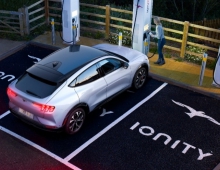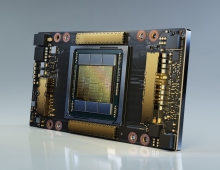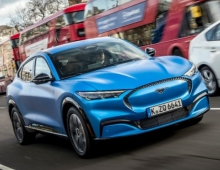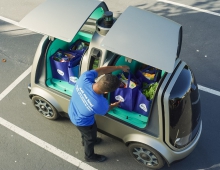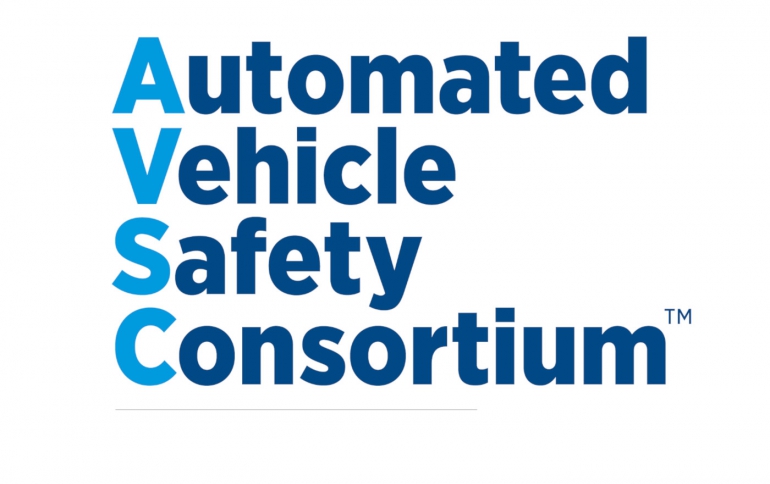
SAE International, Ford, General Motors and Toyota Form Consortium to Address Autonomous Vehicle Safety
SAE International, along with Ford, General Motors (GM) and Toyota today announced they are stepping forward to form the Automated Vehicle Safety Consortium (AVSC) that will work to advance testing, development and deployment of SAE Level 4 and 5 automated vehicles.
The AVSC will provide a safety framework around which autonomous technology can evolve in advance of broad deployment. The goal is to inform and accelerate the development of industry standards for autonomous vehicles (AVs) and harmonize with efforts of other consortia and standards bodies throughout the world.
“Being able to advance the safe deployment of SAE Level 4 and Level 5 automated vehicles represents another exciting chapter in the realization of autonomous mobility and the benefits this will bring to people around the world,” says Edward Straub, DM, executive director of the Automated Vehicle Safety Consortium. “To achieve these benefits, industry collaboration, cohesion and flexibility to merge new ideas with proven safety processes are critical. This is why we are forming the AVSC and announcing our roadmap strategy.”
The consortium will leverage the expertise of its current and future members to establish a set of AV safety guiding principles to help inform standards development. The first output from the AVSC will be a roadmap of priorities. The roadmap is intended to be applicable for developers, manufacturers and integrators of automated vehicle technology and focuses on data sharing, vehicle interaction with other road users and safe testing guidelines.
Regulators in the United States have been grappling with how to regulate self-driving cars, with other countries watching closely to see how implementation of the emerging technology pans out.
Last year, U.S. lawmakers abandoned a bid to pass sweeping legislation to speed the introduction of vehicles without steering wheels and human controls onto roads, but may resurrect the effort later this year.
Last month, the National Highway Traffic Safety Administration asked the public if robotic cars should be allowed on streets without steering wheels or brake pedals as they try to set the first legal boundaries for their design. NHTSA’s existing rules prohibit vehicles without human controls.

